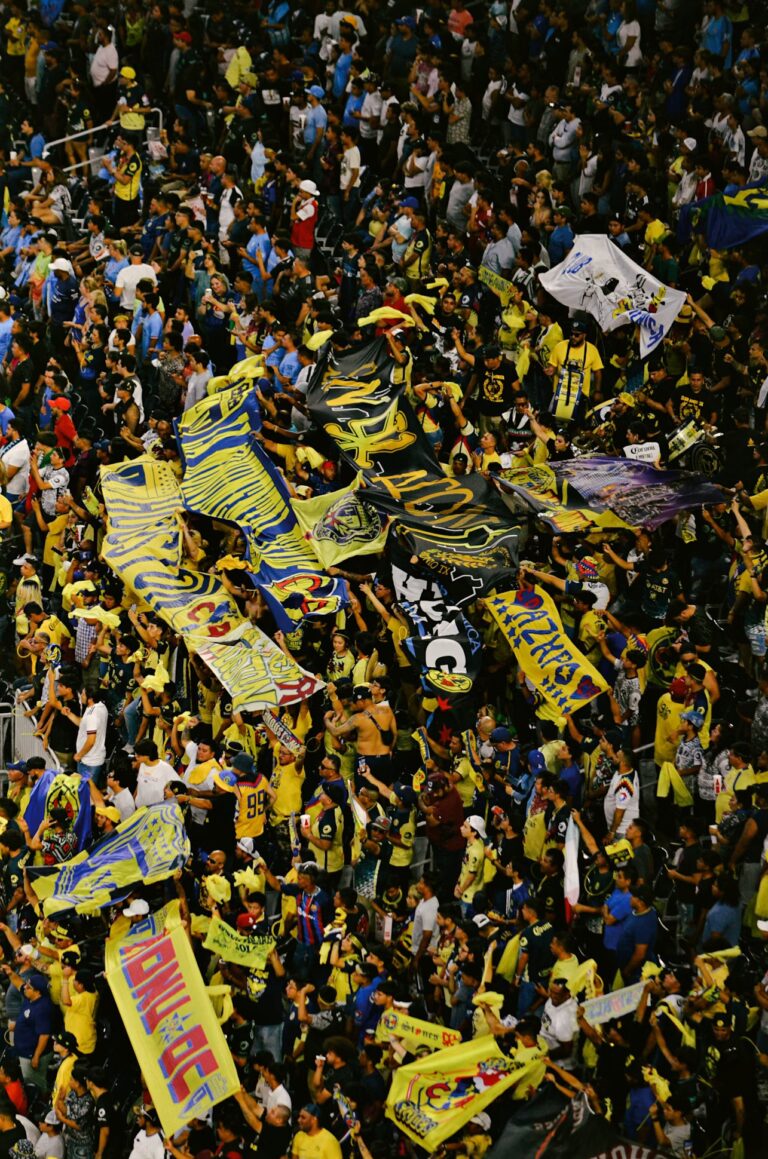The Circus | Ollyy / Shutterstock
The Material opens with a classroom of aspiring comedians workshopping their latest creations: “On Wednesdays, three of them had to perform, in turn, a four-to-six-minute routine that the whole class then proceeded to rip apart, joke by joke, beat by beat, until there wasn’t anything left and the budding comedians went home to consider other possible career paths.”
This scene is hilariously reminiscent of budding writers sharing their work for the first time, a symmetry that isn’t surprising—the novel’s author, Camille Bordas, who has previously published three prizewinning novels, alongside short stories in the New Yorker, Harper’s, and The Paris Review, is also an assistant professor of creative writing at the University of Florida, which undoubtedly served as inspiration. Published by Random House in June 2024, The Material is set at a university in Chicago in a “first of its kind” MFA program for stand-up comedy. It takes place during one snowy day in December, ahead of an annual comedy competition between the program’s comedians and a rival improv group.
The stand-up MFA program is housed—a little sourly—within the university’s English department. At a faculty meeting early in the story, the staff anxiously deliberate hiring a visiting professor, Manny Reinhardt, a celebrity comic on the brink of being canceled because several women have come forward to accuse him of “emotional misconduct” after he drunkenly proposed marriage during one-night stands. He has also punched a younger comic in the nose for calling him a “dinosaur.”
Imbued with dark humor, the narrative skillfully interweaves the inner lives of the students and faculty members, giving us an ear to rivalries and neuroses among a rich cast of characters. Dorothy, the only female faculty member, is adamant that she never takes offense and hopes to make a comedy comeback soon. Her colleague Kruger is unsure of himself and jealous of his students; Ashbee is ambivalent about his career; and the problematic Reinhardt, who has a romantic past with Dorothy, is beginning to acknowledge the sinister shadow of his success.
Meanwhile, among the student comics learning to transform their takes on life into material that will “kill” onstage, Olivia is reluctant to mention a childhood trauma in her jokes; Artie is crushing on Olivia and fears he’s “too good-looking to be funny”; Phil is far too nice, forever anxious about saying the wrong thing; and Jo has a biting sense of humor that sometimes goes too far.
We soon realize that all these characters—students and teachers—have one thing in common: they’re searching for the material, jokes that will make the audience laugh the hardest.
The story culminates in a stand-up battle, at the legendary Empty Bottle, that exemplifies the artists’ eagerness to be recognized and celebrated. In pursuit of the most thrilling, original jokes, each character is driven to mine their lives, and the lives of those around them, for material that cuts closest to the bone, whatever the cost. It raises the question of what is fair game and off-limits when creating a jest: a drug-addicted family member, a school shooting, or childhood illness? Moreover, where is the line between being inspired by someone else’s idea and stealing it?
Bordas, born in France and raised in Mexico, wrote her first two novels in French. She moved to the United States in 2012 and now lives in Chicago with her husband, Adam Levin, a fellow writer. Her third novel, How to Behave in a Crowd, in English, immerses readers in the interior life of Isidore Mazal, an 11-year-old starting to realize that the brilliant but emotionally oblivious adults around him don’t have a clue about growing up either.
The uneasy connection between holding a position of authority and feeling exposed, especially as an artist, is something Bordas may appreciate as a teacher of creative writing. How does one teach students what is on and off-limits during the creation process when she herself is likely contending with this quandary while sitting down to write? In The Material, Ashbee laments that “soon, comedians would only be able to joke about other species if they wanted to stay clear of scandal. After that, it would only be a question of time before people started getting offended on behalf of the animals in question.” Likewise, Manny rolls his eyes at a tweet suggesting that “Americans should stop using ‘Northern Hemisphere-specific seasonal language,’ because people had to be aware that what was summer for them wasn’t summer for everybody else on the planet.”
Beneath the humor of The Material lies a message about the consolations of creating art. Bordas explores the ethical dilemmas accompanying the great lengths the comics in this story go to while crafting attention-getting “bits.” What, if anything, should these writers avoid when the material at hand is considered offensive or as belonging to someone else?
Early on, we learn that “school was supposed to widen your horizons, leave you with the feeling that everything was yet to be invented, or reinvented, but after a semester in the comedy program most of the students felt the opposite, that jokes were in limited supply, and that they weren’t finding the ones that were left fast enough.” Yet the students continue showing up for class, hungry to keep trying.
For the comics in this story—as for artists of any kind—the line between constructing convincing material and one’s personal life is difficult to observe amid a tangled urge to entertain others through memorable art.


















